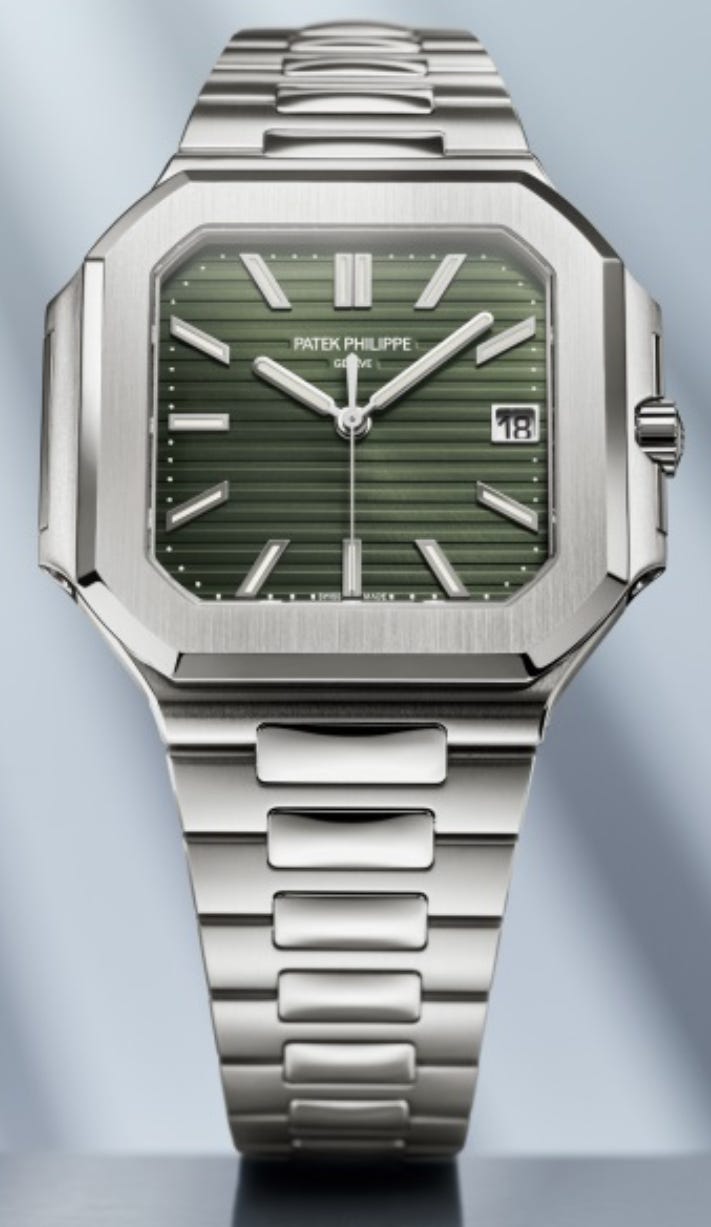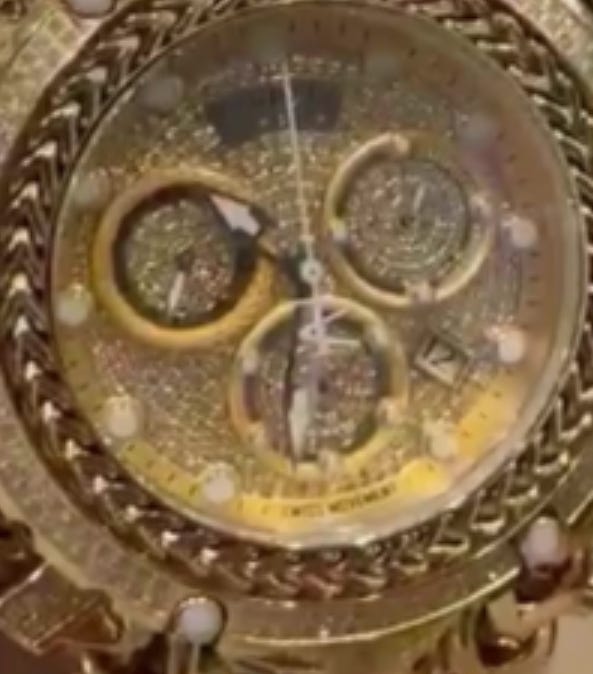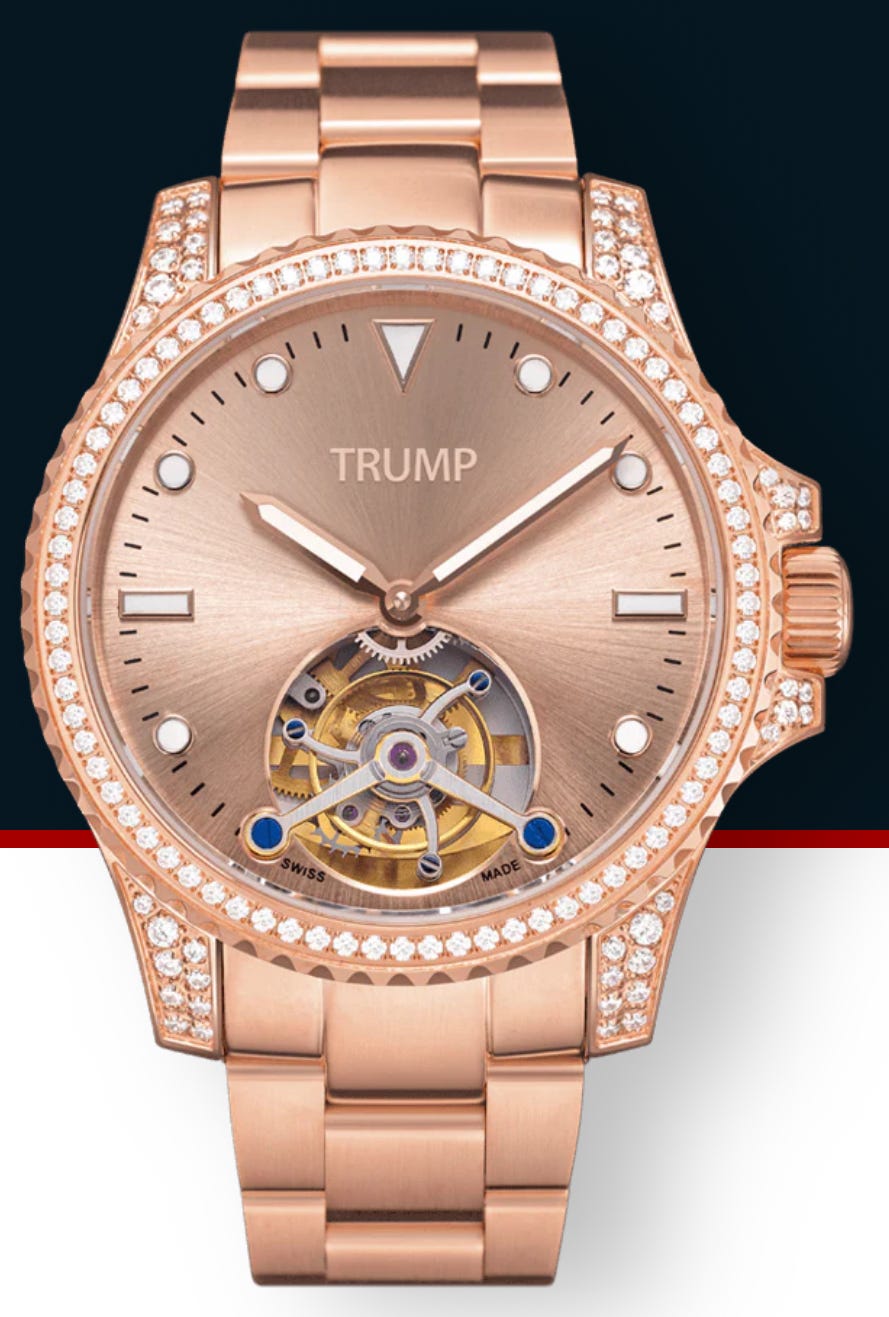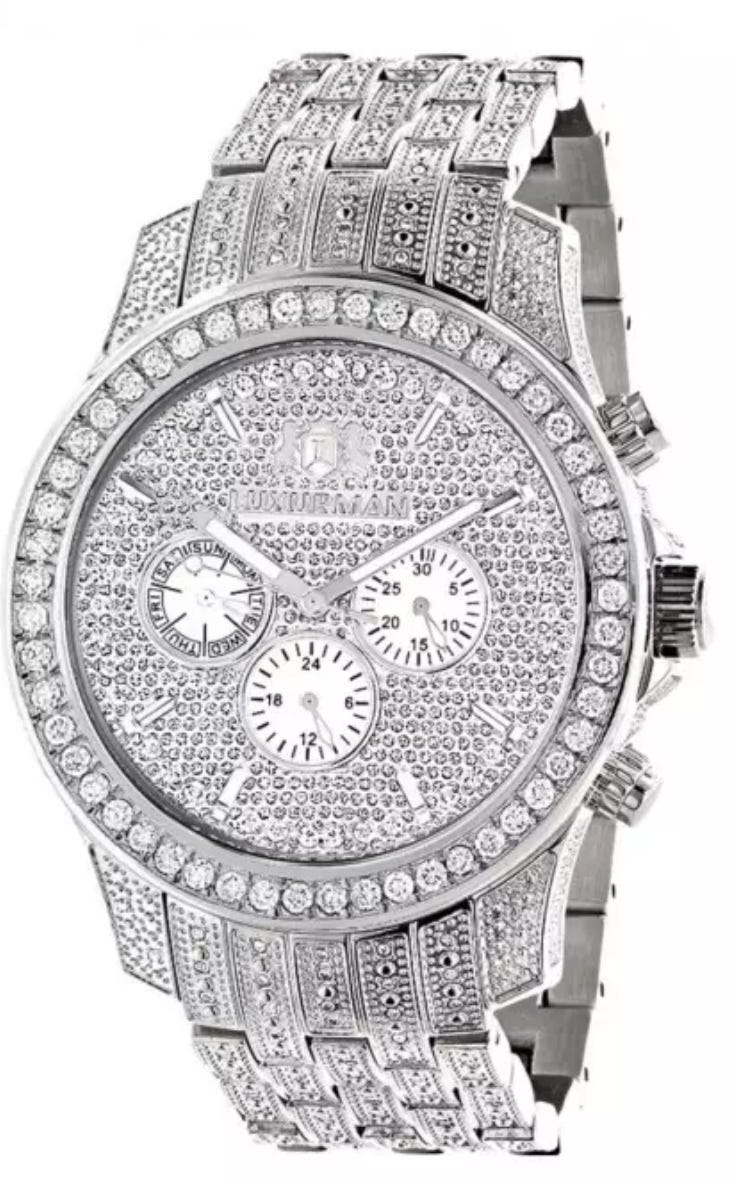First Impressions Aren’t Everything: Why Ugly Watches Deserve a Second Look (Unless They Don’t)
The Ugly Watch Dilemma - We’ve all been there: scrolling through Instagram or flipping through a watch magazine when suddenly, a watch appears that causes a visceral reaction. “That’s ugly,” we think, dismissing it in an instant. But how many times have our first impressions been wrong? In a hobby where craftsmanship, nuance, and taste are paramount, can we really afford to make snap judgments about a watch’s design without giving it a fair shake? This article explores why we’re quick to label some watches as ugly, how opinions can shift over time, and when it’s okay to be more discerning—especially when it comes to cheaply made, money-grab timepieces.
The Patek Philippe Cubitus: A Prime Example of Snap Judgments
The Patek Philippe Cubitus is a perfect example of how the watch community can sometimes be too quick to condemn a design. Just recently released, the Cubitus has already been met with a wave of criticism. From its unusual case shape to its bold aesthetic choices, many people are calling it an “ugly” watch without ever having seen it in person. But here’s the thing: we haven’t had enough time to fully appreciate this piece.
In the world of horology, some of the most celebrated designs today were once considered off-putting or even downright ugly. The Cubitus is bold, yes, but we need to step back and ask ourselves if it’s truly a design failure—or if it’s simply ahead of its time. After all, the watch world has a long history of being slow to embrace innovation, only to later revere these once-controversial designs.
I believe it’s too soon to form a solid opinion on the Cubitus. The best watches—those that stand the test of time—often take a while to reveal their full beauty. Perhaps, with time, we’ll come to appreciate the boldness of this piece, much like we’ve seen with other once-maligned watches.
When It Takes Time to Come Around: Patek Philippe and Other Examples
Let’s take a step back and look at some other watches that were initially dismissed, only to become icons. One of the most famous examples is the Patek Philippe Ref. 3700/1 Nautilus. When it was first introduced, many collectors were baffled by the octagonal bezel, exposed screws, and industrial look. It wasn’t what people expected from a luxury watch brand known for its refined dress pieces. But over time, the Nautilus grew on collectors, and today it’s one of the most sought-after watches in the world.
Similarly, Patek Philippe’s Calatrava 6000G faced a chilly reception when it launched. The quirky off-center seconds hand and date track were viewed as out of character for the brand’s typically clean, classic designs. However, with time, collectors began to appreciate the subtle elegance of the watch, and now it holds a respected place in the brand’s lineup.
These examples serve as a reminder that sometimes, it takes time for a design to fully resonate with us. Perhaps the Cubitus will follow a similar path, going from an outlier to a beloved classic. But we won’t know that until we’ve given it the chance it deserves.
Cheap Watches vs. Polarizing Watches: A Clear Difference
Of course, not all watches are worth that second look. While the Cubitus and other polarizing designs may need time to be appreciated, there’s a clear difference between an unconventional design and a poorly made watch.
Take Invicta’s oversized golden watches, for example. These timepieces are known for their flashy, bold look, but underneath that glitzy exterior is often a lack of craftsmanship. The same can be said for many iced-out watches that focus more on bling than quality. While some may find them visually appealing as statement pieces, their lack of refinement makes them a target for justified criticism.
Then there are the outright money grabs, like the recently released Trump Watch, which comes with a staggering price tag of $100,000. This watch isn’t being judged harshly just because of its design; it’s criticized for its lack of craftsmanship and clear focus on profiting from a name. These types of watches don’t deserve the same level of patience as a Patek or an Audemars Piguet—they lack the integrity that makes a watch worth reconsidering.
Watches That Were Initially Labeled “Ugly” but Grew on Collectors
1. Audemars Piguet Royal Oak (1972)
The Royal Oak was another polarizing design when it was first introduced. With its octagonal bezel and exposed screws, it was seen as too industrial for many collectors. But over time, it became one of the most iconic designs in horological history, demonstrating that bold moves often need time to be appreciated.
2. Omega Seamaster Ploprof (1970s)
The Ploprof was designed for professional divers, and its utilitarian look turned many collectors off initially. However, it eventually won over dive watch enthusiasts who came to love its purpose-built design and technical innovation.
3. Vacheron Constantin 222 (1977)
Overshadowed by its contemporaries, the Vacheron Constantin 222 was once viewed as too angular and aggressive. Today, it’s celebrated as one of the defining luxury sports watches of its era, showing that sometimes, bold designs just need time to grow on us.
A Personal Perspective on Snap Judgments
For my part, I’m not going to rush to judgment on the Patek Philippe Cubitus. Like with the Nautilus or Calatrava 6000G, it may just take time for its brilliance to be fully appreciated. That’s part of the excitement in watch collecting—sometimes the pieces that challenge us the most are the ones we grow to love.
However, not every watch is worthy of that patience. The Trump Watch? That one, I’m afraid, is on its own. Some timepieces, like this $100,000 money grab, are clearly designed to exploit rather than innovate. There’s a big difference between a design that challenges our tastes and one that simply lacks craftsmanship and integrity, and the Trump Watch makes that distinction quite clear.
Conclusion: Beauty in the Eye of the Beholder, But Quality Matters
In the end, calling a watch ugly is often more about us than the watch itself. Our first impressions, personal tastes, and biases play a huge role in how we view a timepiece. While some watches may take time to appreciate—like the Patek Philippe Cubitus—others simply don’t make the cut because of poor craftsmanship or a lack of genuine design intent.
So, before dismissing the next “ugly” watch you see, take a step back and think: Is it truly ugly, or is it just different from what you expect? Sometimes, the pieces we hate at first sight become the ones we appreciate the most.
Thanks again for reading!









Amazing article as always mate!!!
But my issue with the Cubitus is that it doesn't bring much in terms of design, and that it looks like a G-Shock (of course nothing against them), but I expected more from PP after 25 years (some say 10, but still)